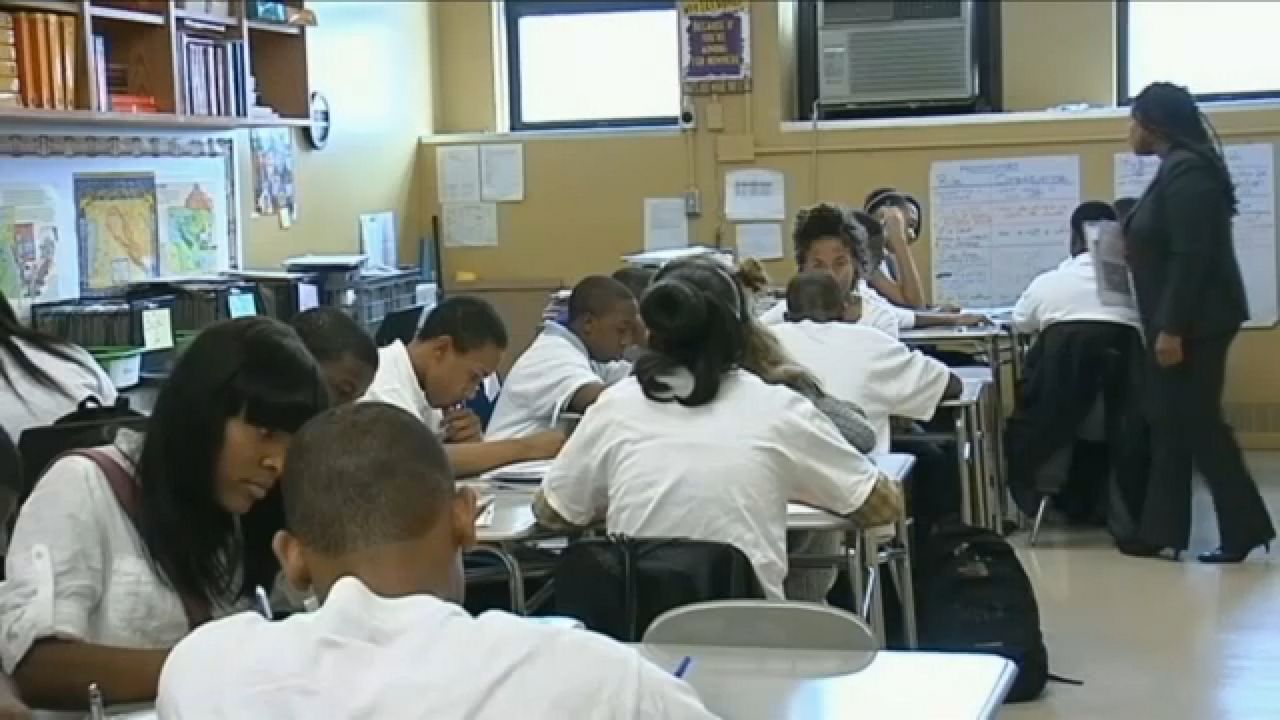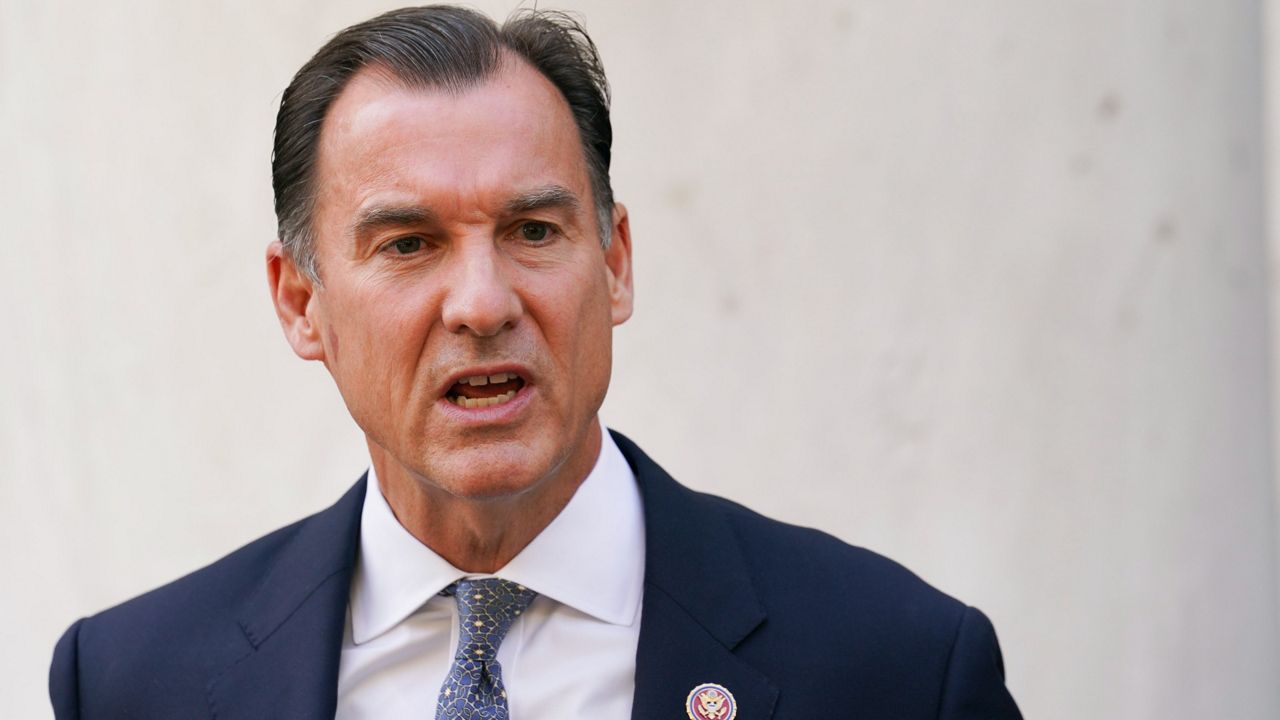The U.S. House bill currently being discussed in Washington would provide New York State with an estimated $12.7 billion in unrestricted federal funding.
According to E.J. McMahon, the founder and research director of the Empire Center for Public Policy, New York State has never received unrestricted funding, so it’s uncharted territory that Gov. Cuomo is aggressively attempting to map out.
"The last time New York received a big chunk of federal aid was during the Obama era, and it was earmarked for K-12 and Medicaid," McMahon said.
In his 30-day budget amendments released last week, critics like McMahon say the governor inserted several novel provisions allowing him greater control over the state’s revenues. One example includes language to create a "COVID-19 extraordinary relief fund," a mechanism by which he can control revenue from new taxes and unrestricted aid from the federal government.
It was explained to Capital Tonight this way: "He’s telling the Legislature, ‘go ahead and pass those new taxes. I'll decide whether we spend any of that money.’"
Dr. Fred Floss has a different perspective.
The co-director of the Center for Economic Education at SUNY Buffalo told Capital Tonight that no one really knows what restrictions will be attached to federal funding, which makes it tough for all levels of government to budget and plan.
"The relief fund plan is one way to ensure flexibility for the state. The 30-day amendments process has allowed the governor to propose a mechanism to react to a future budget crisis over the next budget year, but leaves the legislature in the position of accepting his proposal or rejecting the entire budget," Floss said.
In an emailed statement, Division of Budget spokesman Freeman Klopott said, "This fund will be supported by revenues generated from any new taxes to provide flexibility and ensure these new resources are targeted to support schools, local governments, not-for-profits, and other sectors hit hard by the pandemic, and we will discuss any uses and purposes with the legislature as part of the budget process."
The Legislature is free to ignore this idea, or negotiate restrictions regarding how the governor uses his powers.
Less easy to ignore, according to McMahon, is a provision in the Aid to Localities bill, containing language that ties $3 billion in added tax revenue to the creation of that COVID-19 extraordinary relief fund mentioned above.
McMahon says this idea pushes the constitutional envelope beyond the Silver v. Pataki clarification of executive budget power.
"Cuomo has tried the ‘language identical to’ gambit before, but has never forced it. If he tried to force it in this format, the Legislature might want to take it to the Court of Appeals," McMahon explained. "What he’s doing with this language is he’s saying to the legislature, ‘Whatever we get from the feds, if it’s not $15 billion, you can’t appropriate it unless it’s pursuant to language I negotiate with you.’"
The progressive coalition, “Invest in Our NY,” also issued a press release today railing against the governor’s proposed COVID fund.
"Gov. Cuomo is once again attempting to slip provisions into the budget to expand his executive power while weakening the legislature," Invest in Our NY stated.









